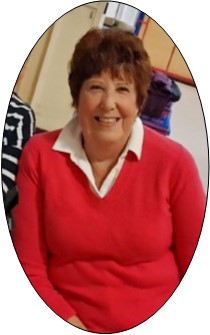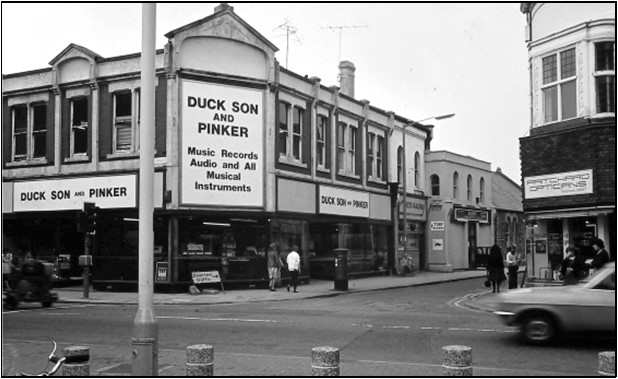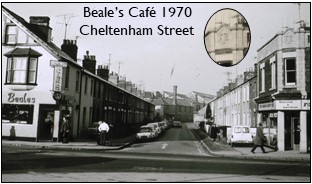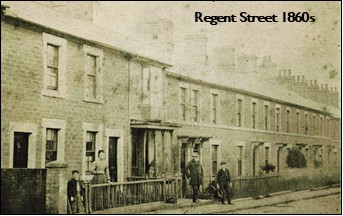Our Meetings
Swindon Society Meeting Review
The Tour
by
Andy Binks
Wednesday 14th May 2025
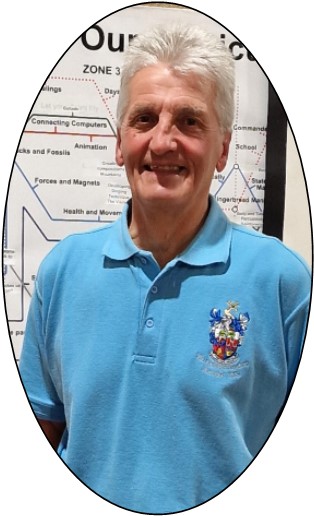
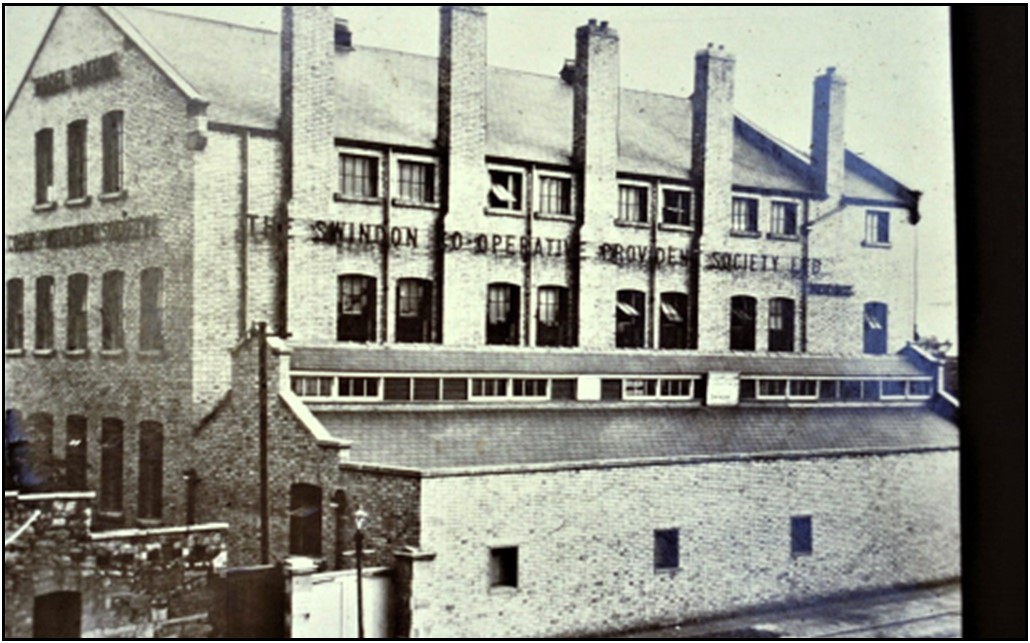
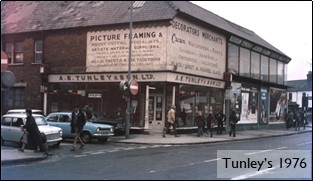
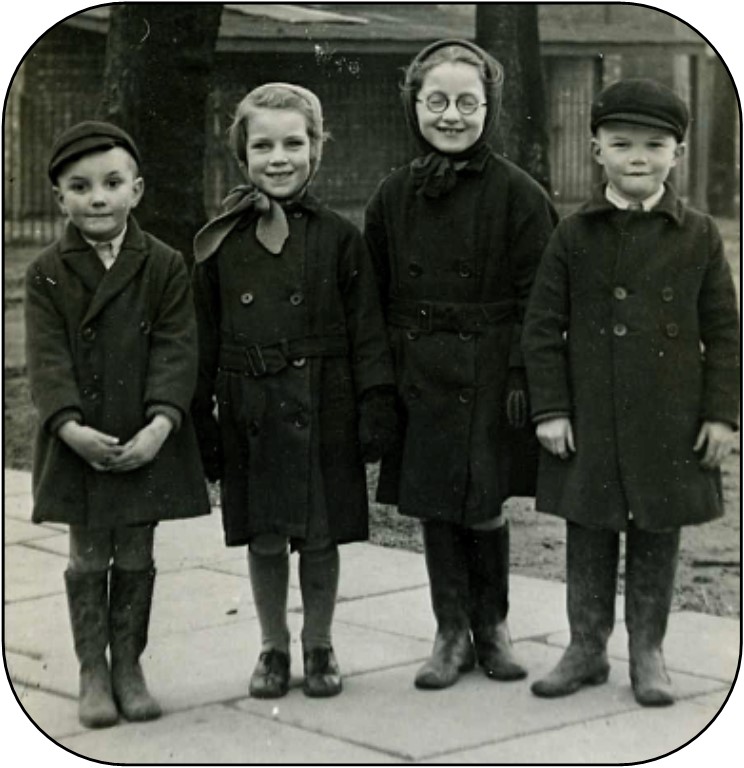
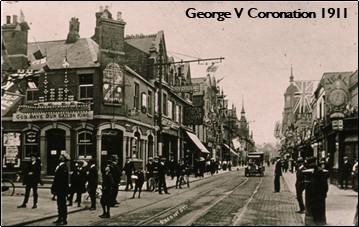
After the formalities of the AGM were dealt with in the usual whirlwind fashion, May’s meeting swiftly moved on to the good bit - our evening’s presentation. This month, in a slight change to the programme, Andy and Diane were re-visiting a previous talk by Bob Townsend, which was old photos of New Swindon in a photographic tour of the area. Diane and Andy zipped through these (obviously on a roll from the AGM), so there may be one or two details I missed… It began with a photo of a decorated Swindon Corporation Tram and was followed up by the Co-op Bakery in Station Road and then one of it in the midst of being demolished. Next, it was on to the Queen’s Tap for the 1934 Trip and a Swindon Trip holiday photo in 1906. We moved on to the Railway Mission in Wellington Street in the 1960s, then round to Cheltenham Street (according to my notes) where we saw a photo of A.E. Tunley who had an art shop and was a picture framing specialist. Except a quick search online to verify a date (which I often do as I’m writing so quickly I’m not always convinced what I have written is accurate) has thoroughly confused the issue - our esteemed colleagues in Local Studies have the shop located on the corner of Fleet Street and Gloucester Street, whereas our equally esteemed local history colleagues of the Radnor Street Cemetery have the shop located on the corner of Cheltenham Street and Milford Street which later expanded into Gloucester Street and then moved to Fleet Street. Knowing the area has undergone an awful lot of redevelopment since the photo we saw was taken, I will hedge my bets and say that it was definitely located somewhere in one or more of those streets! Please do email our newsletter editor if you are able to confirm the location for me. We then saw a photo of Duck, Son & Pinker in 1982, which was also in that area but most definitely on Milford Street (several sources have confirmed!), prior to its demolition. Beale’s Café was also nearby, on the corner of Milford Street and Cheltenham Street and the photo we saw was from c1968. Staying in this locale, we then had a photo of Cheltenham Street from around 1890. Then it was on to the Incognito club, pictured in 2010, which was originally the YMCA on Fleet Street (and this is where I’m glad I double check my notes, as I’d actually written down Milford Street!). Then it was an image from the 1860s of the Baptist Church on Fleet Street followed by a later image of Duck, Son & Pinker in their Fleet Street premises. We then moved around the corner to Bridge Street and a photo of the Albion Sports & Social Club in 2011, at the rear of which was the Baptist School building, previously adjoining the Fleet Street church we saw earlier until it was demolished. Moving further on a little, we were then shown an image of Bridge Street to Regent Street flooded in the 1950s. Our sojourn around New Swindon was briefly interrupted by a lovely Beaney photo of Bob Townsend and his brother John. Then it was back to business with a photo of the opening day of Swindon Corporation Tramways on 22nd September 1904. We then saw Weaver to Wearer and Keogh Brothers at 44 and 45 Bridge Street and the Lipton shop at 35 Bridge Street. Remaining on Bridge Street, a more modern photo of Suite Superstore was the next shop we saw at no. 54, pictured in 2010. This was followed by a move further up to Regent Street - however the photo we were shown was a row of terraced houses in the 1860s; not recognisably Regent Street at all. More familiar was the next image of Burtons at 92 Regent Street and the much-missed Marks & Spencer at 85-87 Regent Street. We then saw the 2009 refresh of Golden Lion Bridge mural by Ken White, which is on the gable-end of a house in Medgbury Road. (Incidentally, this has just had a third refresh by local artist Tim Carroll in the last few weeks.) This photo was followed up by the demolition of the actual Golden Lion Bridge in 1918 and a photo of the lion sculpture that now stands in the location of where the bridge was at the junction of Bridge Street and Canal Walk. The sculptor was Harry Carleton Attwood, who also created the Harold Fleming statue at the County Ground. We then saw the canal as it was in 1906 and the King George V coronation decorations in Regent Street in 1911. And that was where it ended – at least for those of us who were serving up the drinks and biscuits. I think there may have been some sneaky extra photos whilst we were preparing the refreshments, but I didn’t quite catch them I’m afraid. It was wonderful to revisit an old presentation by our late member Bob Townsend, I’m only sorry that I didn’t quite catch all the glorious details. Kelly Blake - May 2025
